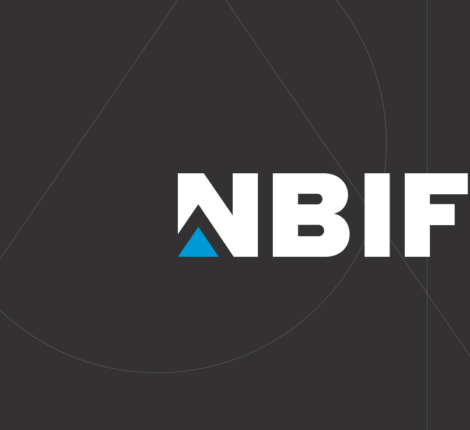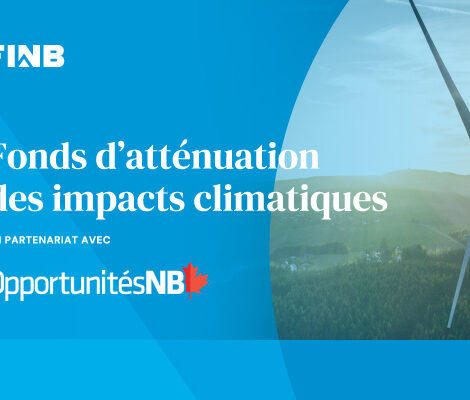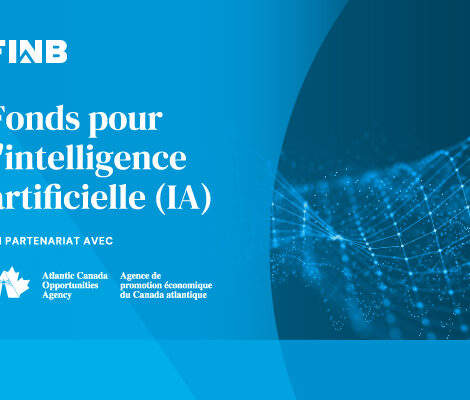- 29 mars, 2010
- Recherche appliquée
- Comments : 0
New way of fish farming could help fix environment – Thierry Chopin
BY RANDY SHORE – VANCOUVER SUN | Link to original article
New designs for fish farms could keep them in the ocean and help restore damaged marine environments at the same time, says a biologist working on a five-year nationwide aquaculture project.
Marine biologists in New Brunswick and in B.C. are employing mussels, oysters, sea cucumbers, urchins and seaweed to dramatically increase the amount of food created by salmon farms, and they believe they can extract excess carbon and nitrogen pollution from the sea in the process.
Taking the aquaculture industry onto land could be a missed opportunity to do the Earth some good and help mitigate the impacts of global warming, according to Thierry Chopin, a marine biologist at the University of New Brunswick. Nitrogen from agricultural sources contributes to oxygen depletion in the world’s oceans, resulting in huge dead zones in which nothing can grow. Fixing and storing carbon is believed to be key to fighting global warming.
« We have to think of extractive species as having a cleansing function in the ecosystem, » Chopin explained.
« Everybody is talking about carbon trading and carbon credits, but we could also have nutrient credits. If your extractive species [seaweeds and shellfish] accumulate nitrogen or carbon, when you harvest them you remove that from the coastal system. »
« Shellfish shells are made of calcium carbonate, so there is quite a lot of carbon right there, » said Chopin, the scientific director of the Canadian Multitrophic Aquaculture Network, a collaboration among 26 scientists at eight universities and six federal laboratories.
Five functioning farm sites employing species from different levels in the food chain are already running in the Bay of Fundy and one on the northwest coast of Vancouver Island and Chopin believes that what scientists call a multitrophic system could even help control sea lice that infest farmed salmon and may spread to wild salmon stocks.
Mussels are effective water filters, collecting tiny organisms and even viruses. In Chopin’s lab, mussels proved effective at reducing the virus ISA, which causes infectious salmon anemia. Placed around salmon cages, mussels could form a sanitary barrier against ISA, he said.
« There is no reason to think that mussels could not also consume sea lice at an early stage in their life cycle, » Chopin said. He will test his theory in the next stages of the $5-million project.
Moving the aquaculture industry onto land — the goal of some environmental organizations including the Suzuki Foundation — would merely shift the environmental problems rather than eliminate them, Chopin said. Contained aquaculture produces considerable waste that must be stored, treated, dumped or trucked away to landfills, plus you have to pump water, which adds a significant energy overhead and expands the carbon footprint of the operation. « You think you are addressing one problem, but you are creating another. »
University of Victoria associate professor Steve Cross and Chopin use shellfish such as oysters, clams and mussels to create a seabed perimeter around salmon farm cages. The shellfish comb the water for free-floating small particles of fecal matter excreted by the fish. Bottom-feeding sea cucumbers and urchins are placed under the fin-fish cages to collect larger particles that fall to the sea floor, while rafts of kelp and other seaweeds placed around and downstream of the cages collect excess nitrogen released by the fish and shellfish in feces.
The goal is to create a fish farm that functions like a complete ecosystem and that converts the industry’s highest cost — feed — into food products, not just salmon, but shellfish and edible seaweeds.
Cross is implementing a sustainable ecological aquaculture system of his own design on a commercial scale at his aquaculture firm Kyuquot SEAfoods. He is raising sablefish in an integrated system with scallops, oysters, blue mussels and cockles, sea cucumbers and two different types urchin and two species of kelp.
« I’m licensed for 11 species only one of which has to be fed, » said Cross, who has worked as a consultant in aquaculture for more than 25 years. Cross is the UVic’s team leader on the aquaculture project.
By extracting more value from the feed used in aquaculture and creating markets for the extra shellfish and seaweeds they grow, producers can keep the price of farmed salmon lower and mitigate the industry’s impact on the environment, making it an attractive choice for consumers, said the project’s economist, Duncan Knowler of Simon Fraser University.
Salmon extract about 65 per cent of the nutrients and energy from their feed. In conventional aquaculture, the balance is waste.
« What is the point of having waste accumulate at the bottom of a tank or the sea when you can use it? » Chopin asked.
Multi-crop sustainable aquaculture has been practised in various forms for thousands of years, Knowler noted.
In India, rice fields that are flooded for part of the year are used to grow fin fish, shrimp and crabs, then drained to make way for rice crops, which use the naturally occurring waste as fertilizer. Well-integrated complementary systems can be sustainable in the long term, he said.


